Peanut butter is an all-star ingredient. It’s arguably the most important player in a PB&J and the reason why Reese’s Peanut Butter Cups are the greatest Halloween candy of all time (that’s right—we went there).
Whether you like your peanut butter smooth or chunky or salty or sweet, most people can agree that it’s delicious. But is it healthy? There is a lot of conflicting discourse about the nutritional merits of peanut butter. Some argue that there’s too much saturated fat, too much salt, and too much sugar. Others incorporate nut butters into their diet daily. So what’s the truth?
We consulted Alexandra Turnbull, Registered Dietician and the face of @thefamilynutritionist, to unpack the pros and cons of eating peanut butter. We’re breaking down everything you need to know about the spread, how you should use it, and which ones you should be looking for at the supermarket.
What Are The Health Benefits Of Peanut Butter?
At the most basic level, peanut butter is just peanuts ground into a paste—which makes it a relatively unprocessed food. Peanuts are packed with naturally-occurring fats, which release their oils when broken down. That’s why peanut butter is rich and spreadable rather than gritty and powdery.
If you didn’t know already, peanuts are technically not nuts. They’re actually part of the legume family, along with beans and lentils. And just like other legumes, peanuts are full of protein. There are four grams of protein in every tablespoon of peanut butter. That might seem small, but compared to other plant-based foods, it’s substantial. Incorporating peanut butter into snacks, like spreading it on apples or in a stalk of celery, can make your treats more nutritionally balanced and more filling.
Peanuts are also full of essential vitamins and minerals. Each serving has high levels of Vitamins E, B3, and B6, as well as magnesium, copper, and manganese. You can also find naturally occurring antioxidants in peanut butter that can help reduce your risk of heart disease, arthritis, and other chronic conditions.
“I love that it’s a plant-based protein that’s just so convenient and easily accessible,” Turnbull says. “It has a really wide variety in its nutrient profile that not all foods can compete with.”
What Are The Health Concerns Of Peanut Butter?
It should go without saying that peanut butter isn’t a healthy choice for people with nut allergies. Peanuts in particular are one of the most common food allergens in the country. According to the American Academic of Allergy, Asthma, and Immunology, an estimated 1-2 percent of the U.S. population is allergic to peanuts. Reactions can vary from minor skin reactions to severe anaphylaxis, depending on the patient. So if you or someone you know has a peanut or tree nut allergy, it’s recommended that you avoid peanut-based products and eat food prepared in facilities that avoid potential cross-contamination.
If you are able to eat peanut butter, there are still some health concerns to consider. Peanut butter is inherently a calorically dense food. According to the USDA, one tablespoon of peanut butter is nearly 100 calories. And because of the natural fat content of peanuts, roughly 65-75 percent of the calories of peanut butter are in the form of fat.
But the fat content of peanut butter is not necessarily something that should worry you. Fat is an important macronutrient for overall body function—and yes, that also includes saturated fat. Many experts malign saturated fat as a “bad” fat. While consuming high levels of saturated fat over prolonged periods of time can increase your risk for heart disease, there’s no need to remove it from your diet entirely. Saturated fat is present in much of the food we eat. Even extra virgin olive oil, which many nutritionists argue is the healthiest fat source, contains more saturated fat by volume than peanut butter does.
“I’m not concerned as a dietitian about the fat in in peanut butter,” Turnbull says. “We’re looking at peanut butter to provide the fat for our bodies, to give us vitamins and minerals, and to keep us fuller longer.”
But, just like with any other food, it’s important that you factor in your intake with the rest of your diet and consume peanut butter in moderation. On its own it can be considered a healthy ingredient; most of the peanut butter brands you find at your grocery store, however, are not the same thing. In fact, brands like Jif and Skippy are legally not allowed to call some of their products peanut butter at all.
Certain popular peanut butter brands are actually considered “peanut butter spreads,” which means they are made with preservatives, emulsifiers, and other additives. They also typically contain high levels of salt and sugar—which offers less nutritional value that you’d get from pure peanut butter.
Which Peanut Butter Should We Be Buying?
If you’re looking to maximize the nutritional value of your peanut butter, it’s important to pay close attention to the labels when you’re at the grocery store. Not all peanut butter brands are created equal. Firstly, you want to take a look at the bottom of the label to ensure that you’re buying peanut butter, not peanut butter spread.
Then you should turn the jar around to find the ingredients list. You don’t need to avoid salt and sugar entirely, but they should at least be near the bottom of the list. “As a dietitian, I don’t want people to sacrifice the flavor just to get the nutritional benefits,” Turnbull says. “There are still nutritional benefits in the peanut butters that have added sugar.”
Turnbull recommends looking at the peanut butter brands at your store, comparing the nutritional values, and picking the one that has the lowest concentration of sugar and salt. It might take some trial and error to find your go-to brand, but it’s worth it if you’re looking to cut down on additives.
If you want to guarantee that your peanut butter is made with just peanuts, look out for nut butter grinders at your nearby supermarket. You can often find them at Whole Foods or natural food markets. And the benefits are threefold: you can ensure that your peanut butter is made without any fillers or preservatives, you can control the amount you buy, and it’s just fun to make your own peanut butter.


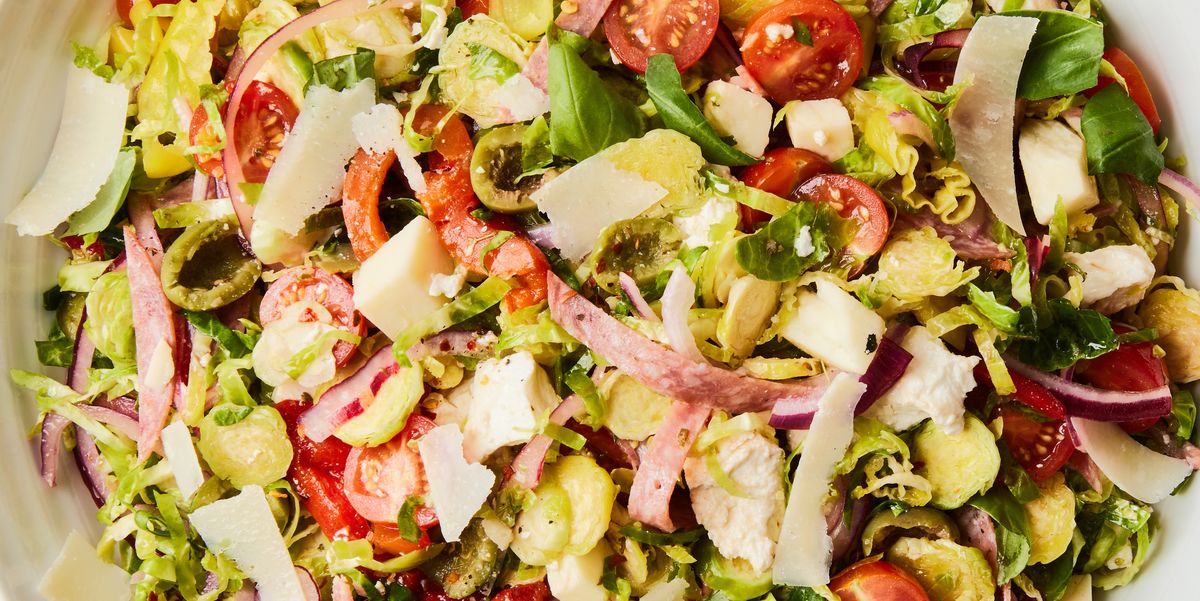
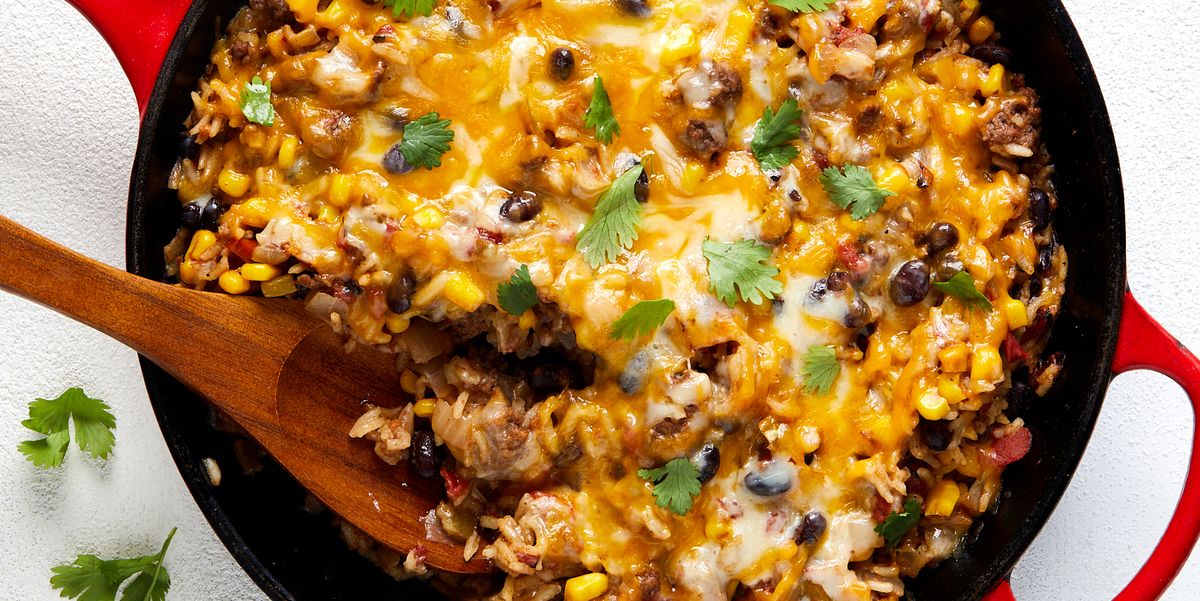
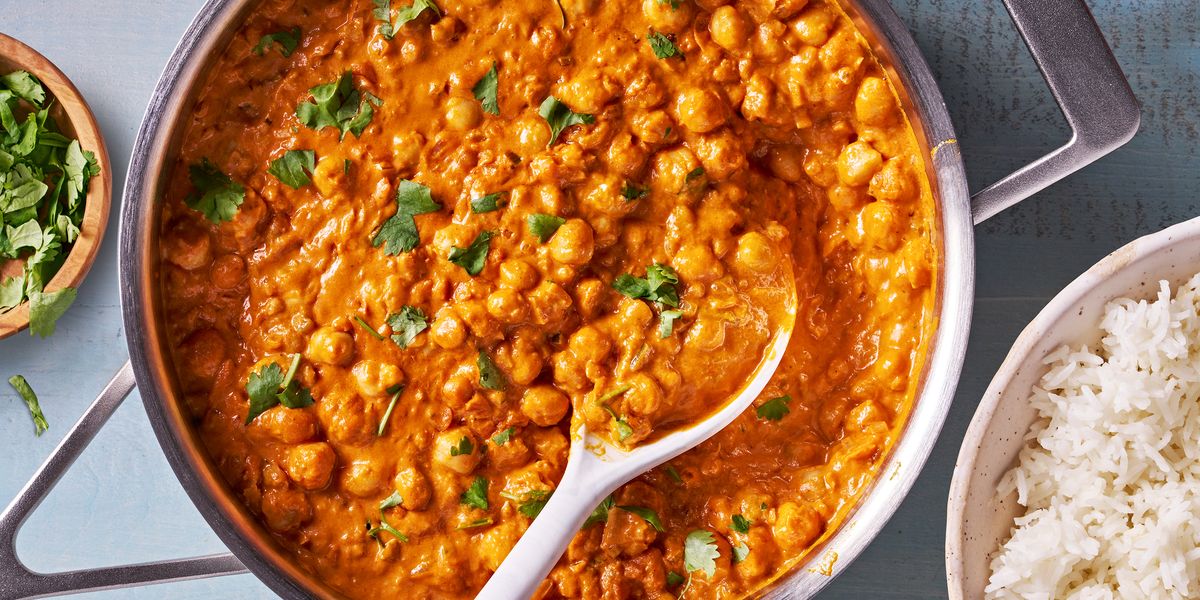
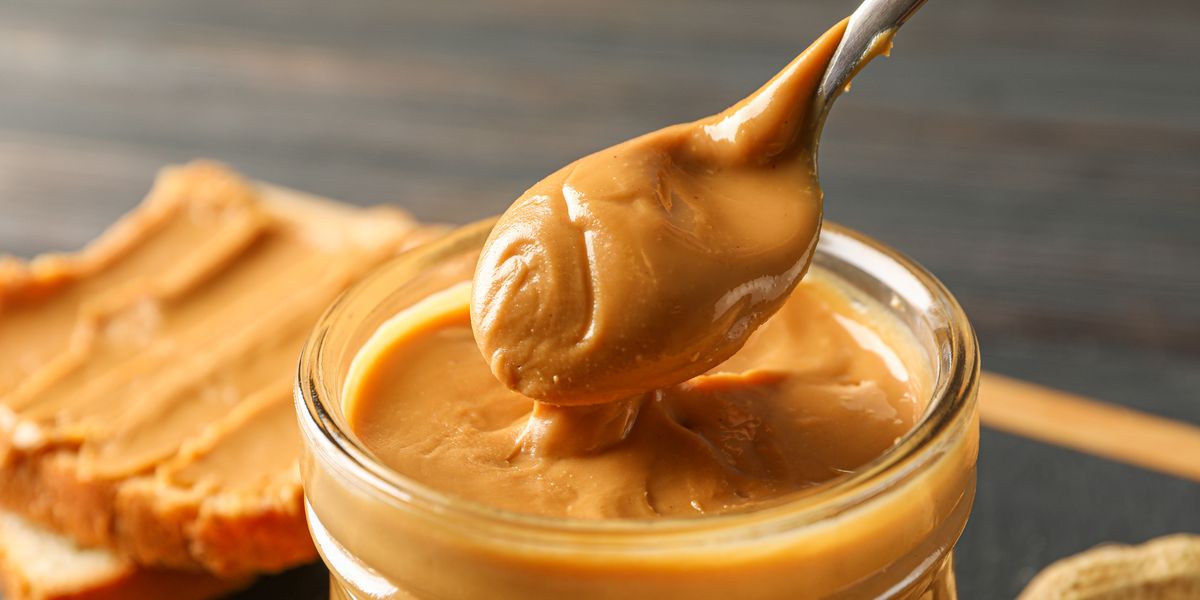
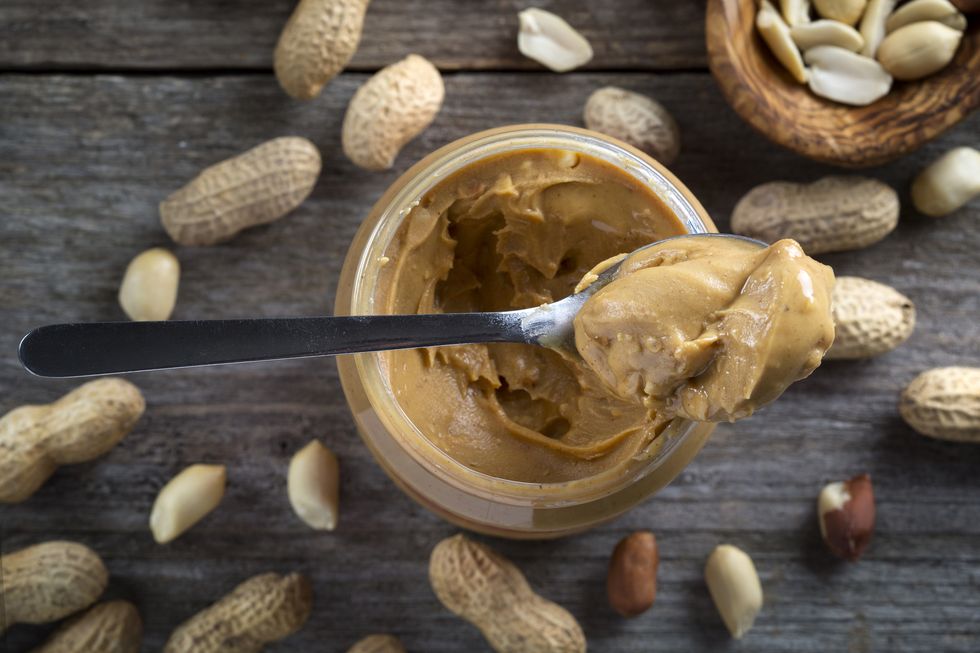
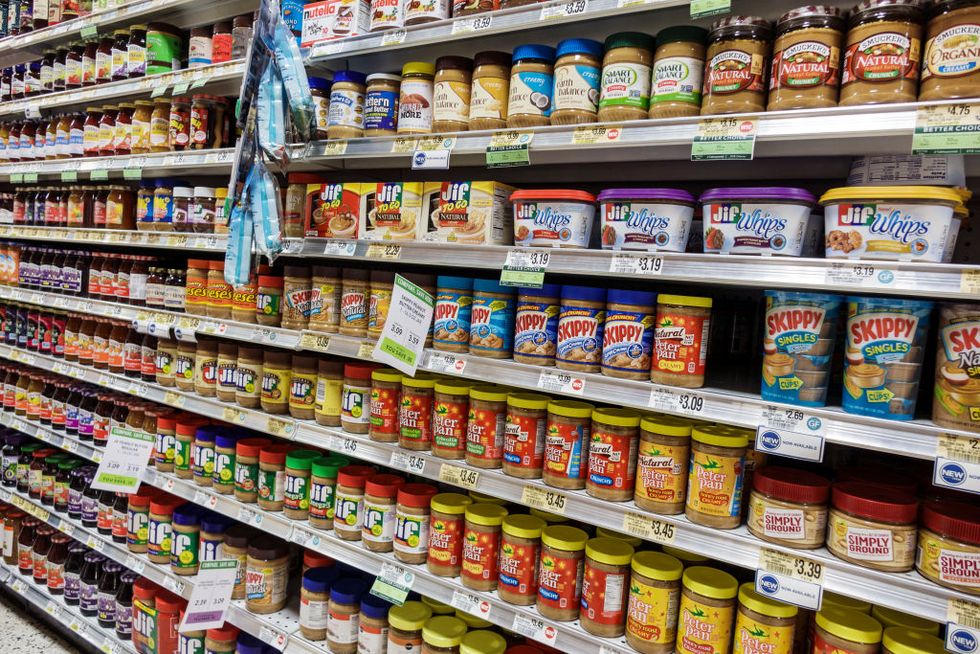





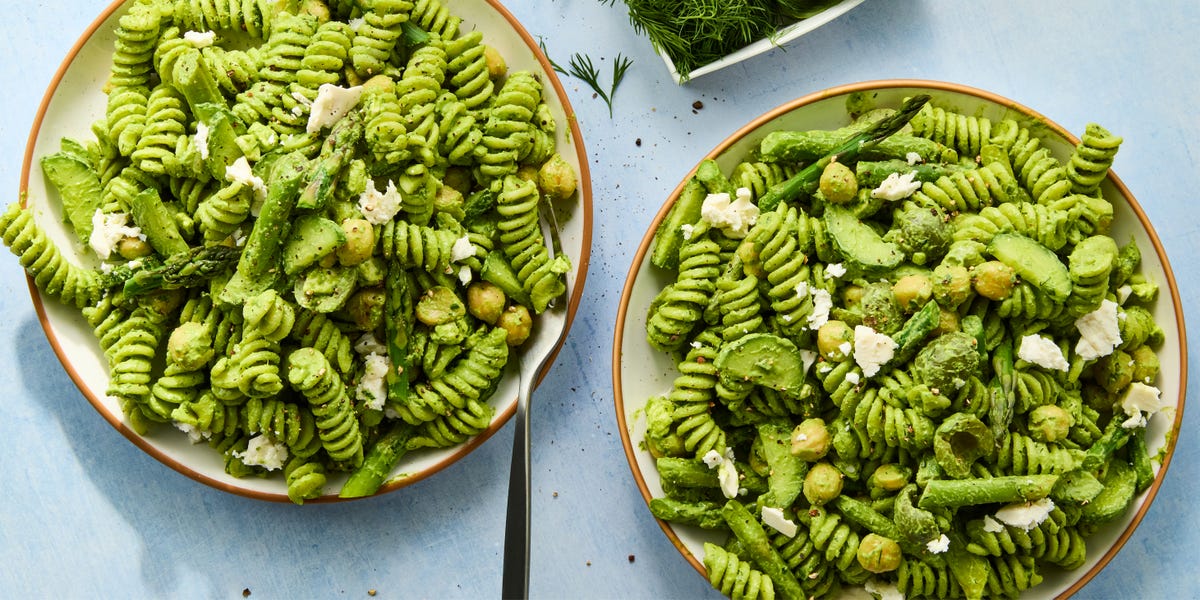



Leave a Reply